Nutrition through the Lens: A Guide to Stunning Food Photography
Food photography is more than just a representation of what we consume; it’s an art form that blends aesthetics, storytelling, and, most importantly, the nutrients that nourish our bodies. As our food culture evolves, the presentation of food becomes crucial in the conversation about nutrition, health, and the food industry. This article explores how to capture stunning food photographs while also emphasizing the nutritional value of the dishes portrayed.
The Evolution of Food Photography
Historical Context
Food photography began in the 19th century with the advent of photography. Early food pictures were simple and primarily served to document culinary practices. The invention of color photography in the mid-20th century allowed for more vibrant and appealing representations of food, paving the way for the modern food photography we see today.
The Modern Era
Today, food photography is ubiquitous, thanks to social media platforms like Instagram and Pinterest. Foodie culture has exploded, with millions of food images shared daily. This visual representation of gastronomy has shifted the focus from merely eating to experiencing food, further influencing how we perceive nutrition.
The Importance of Nutrition in Food Photography
Aesthetic and Nutritional Balance
When creating food photographs, it is essential to consider both the aesthetic and nutritional aspects. A beautifully arranged plate can convey a sense of health and wellness, encouraging viewers to make better dietary choices. For instance, vibrant fruits and vegetables not only look appealing but are packed with vitamins, minerals, and antioxidants.
Nutritional Storytelling
Narratives around food can be powerful. By incorporating elements that tell a story about the dish’s nutritional benefits, you can elevate the viewer’s experience. For example, capturing a farm-fresh salad with locally sourced ingredients can evoke a sense of sustainability, health, and community.
Techniques for Stunning Food Photography
Equipment and Tools
-
Camera: While a smartphone can capture decent images, a Digital Single-Lens Reflex (DSLR) or mirrorless camera offers more versatility and better image quality.
-
Lenses: A macro lens can capture intricate details, while a 50mm lens is ideal for food photography. The choice of lens can significantly impact depth of field and background blur, directing the viewer’s attention to the food.
-
Tripod: A tripod stabilizes your camera, allowing for sharper images, especially in lower light conditions.
-
Lighting Gear: Natural light is often the best for food photography, but if shooting indoors, consider softbox lights or ring lights to create a well-lit environment.
Composition Tips
-
Rule of Thirds: This fundamental principle of photography involves dividing the frame into a grid and placing the focus of the shot at the intersections or along the lines.
-
Leading Lines: Use elements like utensils, napkins, or the shape of the plate to lead the viewer’s eyes towards the food.
-
Negative Space: Allowing empty space in your composition can create balance and highlight the main subject, enhancing the visual appeal.
Color and Texture
Colors play an essential role in our perception of food and its nutritional value. Bright, vibrant colors suggest freshness and health, while dull colors may indicate processed or less nutritious food. When styling your dishes, think about contrasting colors that enhance visual appeal and suggest a well-balanced meal.
Texture also adds depth to food photographs. The glossy sheen of a ripe tomato, the crumbly crust of a bread loaf, or the velvety smoothness of a chocolate ganache can all draw the viewer in. Experiment with different angles and surfaces to capture the textures that tell a story about the dish.
Styling Food for Photography
Proper food styling is crucial in presenting a dish’s nutritional value. Here are some techniques:
-
Use Fresh Ingredients: Incorporate vibrant, fresh ingredients that represent the dish’s health benefits. For instance, leafy greens or colorful vegetables can immediately signal nutritional value.
-
Height and Layering: Create visual interest by stacking or layering your food. This approach adds dimension and can also emphasize variety, reminding viewers of a more rounded diet.
-
Serving Dishes: The choice of plate or bowl can influence how the food is perceived. Earthy, rustic dishes can evoke comfort, while sleek, modern ones can suggest elegance.
The Role of Props
Props can enhance the storytelling aspect of food photography and can be used to emphasize nutrition. Here are some ideas:
-
Cooking Ingredients: Include raw ingredients or cooking utensils as props to represent the dish’s origin, further emphasizing its nutritional components—like fresh herbs or whole grains.
-
Serving Suggestions: Showcasing a complete meal can guide viewers toward a balanced diet. For example, presenting grilled salmon, quinoa, and steamed vegetables together can illustrate a well-rounded plate.
-
Cultural Context: Utilize cultural tableware or signage to emphasize the dish’s background, which often carries unique nutritional philosophies and practices.
The Nutritional Message
As photographers, it’s essential to share a nutritional message along with the visual content. This can be achieved through captions, blog posts, or social media descriptions. Here’s how:
Include Nutritional Information
Adding nutritional facts, such as the calorie count, vitamins, and minerals, can provide context for viewers. Presenting this information visually, through infographics, can also be an effective way to integrate nutrition into your photography.
Engage Your Audience
Ask questions or create polls that engage your audience about their dietary habits. Encourage them to think about the nutritional aspects of the food they consume.
Utilize Hashtags and Keywords
On social media platforms, utilize hashtags like #HealthyEating, #FoodPhotography, or #NutritionGuide to reach a broader audience interested in both food aesthetics and nutrition.
Collaborate with Nutrition Experts
Consider collaborating with dietitians or nutritionists. Jointly, you can create visually appealing content while providing valuable nutrition insights. This collaboration can enhance your credibility and attract a more health-conscious audience.
Case Studies in Food Photography
1. Minimalist Styling for Nutritional Appeal
Many contemporary food photographers embrace minimalism. This approach declutters the visual space and highlights the main dish, emphasizing its nutritional value. The focus remains solely on the food, often styled with simple backgrounds and limited props.
2. Community-Centric Photography
Photographers who focus on farm-to-table concepts not only create visually stunning images but also highlight the source of their food. By featuring local farmers and seasonal produce, they tell a compelling narrative of health, sustainability, and community nutrition.
3. Editorial Projects on Nutrition
Think about creating editorial projects that explore specific nutrients like omega-3s from fish or fiber from whole grains. Through striking visuals and informative text, these projects can educate viewers while offering appealing food presentations.
The Future of Food Photography and Nutrition
As the conversation around health and nutrition continues to evolve, so will food photography. Emerging trends such as plant-based diets, sustainable eating, and the emphasis on mental health connected to food will influence photography styles.
Technological Advances
Advancements in technology, including augmented reality (AR) and virtual reality (VR), may provide new avenues for exploring food and nutrition. Imagine using AR to visualize the nutritional value of a dish while capturing its image, embedding real-time data directly into food photography.
Social Media Influence
As platforms continue to evolve, so will the methods of engagement. Instagram Reels and TikTok videos are becoming increasingly popular for showcasing cooking processes, allowing for real-time demonstrations of nutritional value and preparation tips.
Ethical Considerations
The fast fashion of the food industry also raises ethical questions. Food photographers and influencers are increasingly becoming advocates for sustainability. Capturing ethical food sources and illustrating the implications of our food choices can lead to a more informed audience.
Conclusion
Food photography is a unique blend of artistry and nutrition awareness. By understanding how to create visually stunning images while integrating a strong nutritional narrative, photographers can contribute to healthier eating habits and a more informed audience. Whether you are a professional photographer, a food blogger, or someone who enjoys sharing culinary adventures on social media, remember that every image you capture has the potential to influence dietary choices and promote wellness.
Incorporating storytelling, compelling compositions, and a focus on nutrition can create images that not only look good but also resonate with viewers, guiding them toward healthier food choices. Through the lens, we can inspire, educate, and promote a culture of nutrition that celebrates food in its most beautiful and nourishing forms.



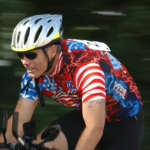
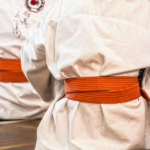










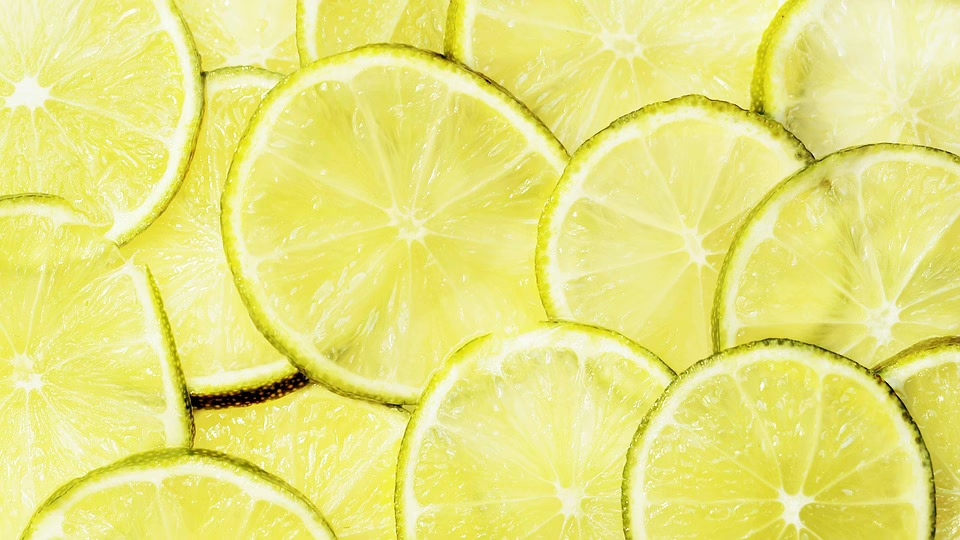
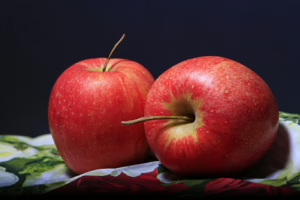
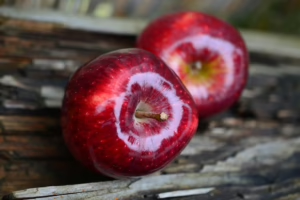
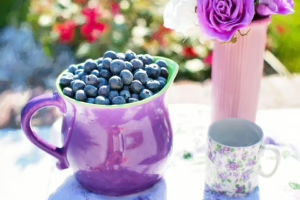
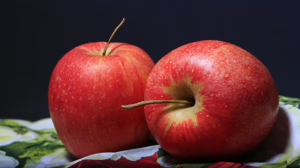
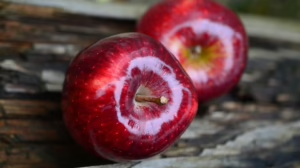
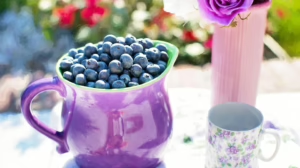




Add Comment